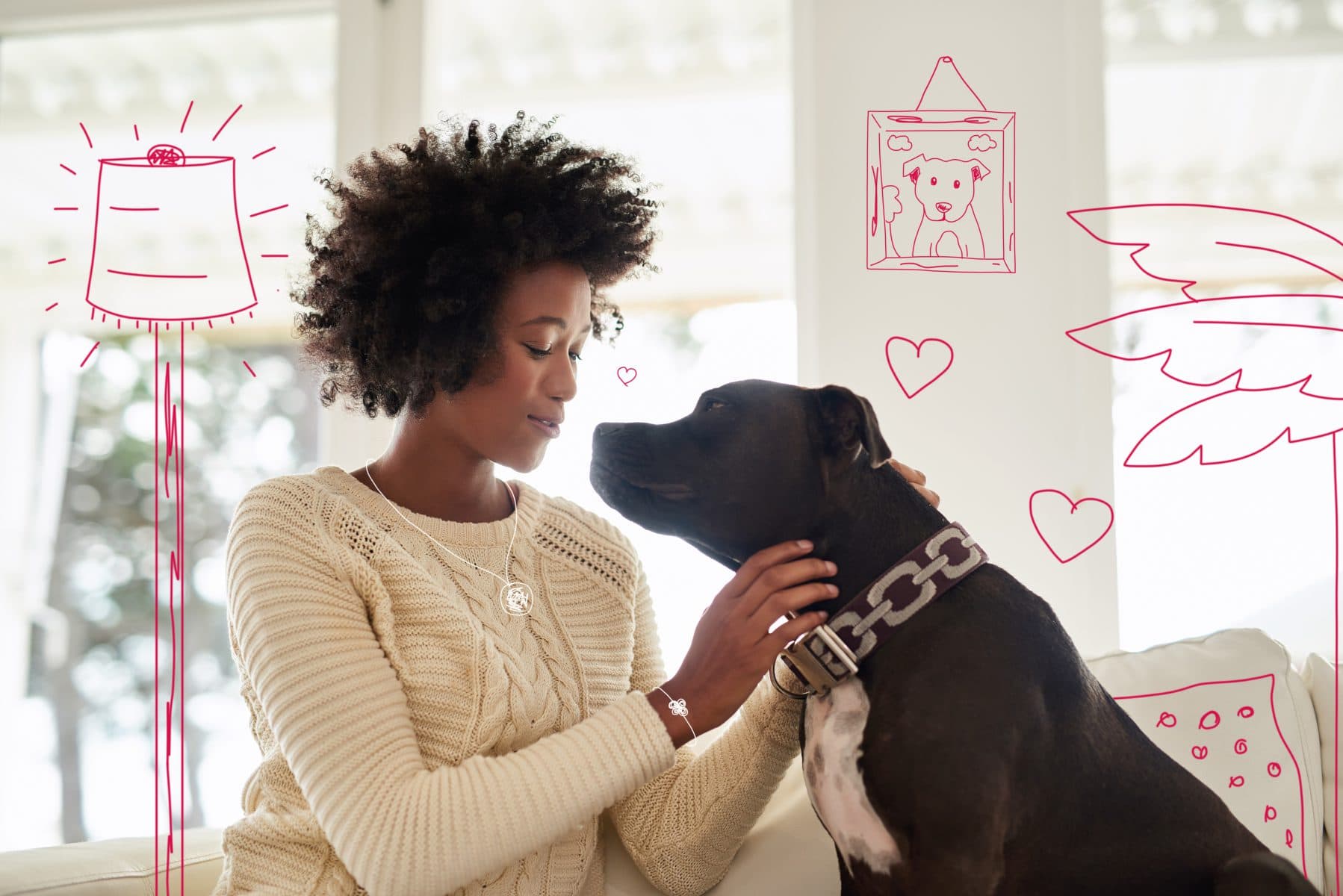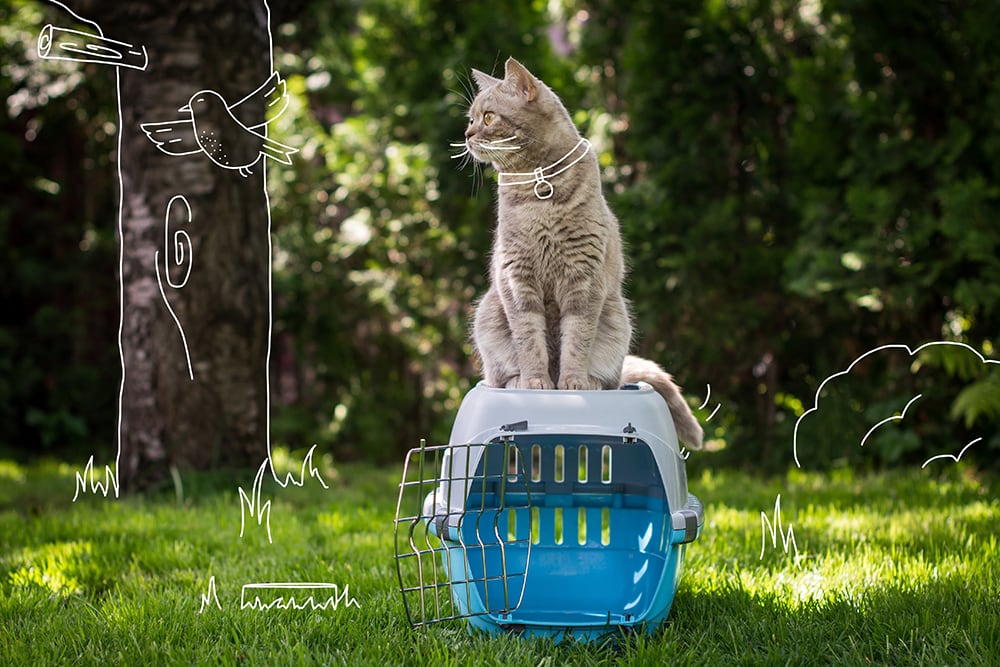How to make a Visit to the Vets a Calmer Experience
A visit to the vets is not, generally, a pet’s favourite day trip.
Sometimes pets dislike visiting the vet because of a negative past experience and others simply dislike the fact that a stranger is going to be inspecting them.
Unfortunately, as much as your pet may dislike these visits, and whatever the reason for this, they’re a necessary part of keeping them healthy.

However, this doesn’t mean that your pet needs to become stressed or upset by these visits and it’s important that you teach them that the vets is not something to become upset about. Use this advice to help you do just that.
Familiarise your pet with the vet
Many pets dislike the vets simply because they rarely visit and dislike the idea of a stranger prodding and inspecting them. This is especially the case if the only time your pet goes to the vet is when they are unwell or require an injection or an operation.
It’s important to teach your pet that they can trust your vet and that they aren’t always going to cause them discomfort. Visit your vet regularly, even when there isn’t a problem, to build up a rapport between the two and to teach your pet that the vet isn’t always going to be an unpleasant experience.
Take their favourite things
Sometimes it’s not the vet, but the surgery environment that causes a pet to become stressed. This means that bringing your pet in their bed with their favourite treats could be enough to calm their nerves during a visit. The more familiar items they have with them, such as their own toys, the more they’ll feel relaxed.
Some vet practices offer cat-only waiting areas, where cats can be placed up higher in their carriers, so they feel calmer having an eye on what’s going on.

Visit at off-peak times
It is not just the vet and the surgery that may upset your pet, but also the other animals and owners in the waiting room, which means trying to avoid busy times could help. Of course, depending on your reason for visiting the vet, this isn’t always possible.
If you’re booking your pet in for non-emergency appointments or routine checkups, try to select off-peak times to minimise the possible stress triggers for your pet.
Be firm but calm
It can be incredibly frustrating to deal with a pet that is distressed, and the behavioural issues that may come as a result of this stress, but you should not make yourself a reason for these negative emotions.
If your pet is showing signs of stress, you must remain firm to show that the behaviour will not get them out of the situation, but you must also remain calm to show they have no reason to worry. If you were nervous and hesitant about visiting your dentist, it would not help to have someone shout at you and you should keep this in mind when dealing with nervous pets.
Use a calming spray
If nothing else seems to calm your pet, a calming spray may help. These natural sprays are approved by vets and help to make pets feel more secure and less anxious about their experience. You shouldn’t spray these directly onto your pet, but could spray them in the car to calm them on the journey or on a blanket that you will use to carry your pet into the vets.
Of course, every pet is different and the effectiveness of each of these actions will depend on the reason for their anxiety. You should never allow your pet’s stress to prevent you from visiting the vets as this could mean important health problems go untreated. All vets want to help, so in order to make your pet’s visit as stress-free as possible, speak to your vet and warn them in advance if your pet has a problem with visiting the surgery.
You can locate your local CVS veterinary practice using our handy practice locator.
Pets are full of surprises…but our pet insurance isn’t. Why not cover your furry friends throughout all of their adventures? Getting a pet insurance quote only takes a couple of minutes.
You might also be interested in…
Get a quote in minutes…

Existing customers
Call now on 0808 164 7999
to discuss your policy with us.
Monday - Friday: 08:00 - 20:00 Saturday: 09:00 - 14:00





 Back
Back
